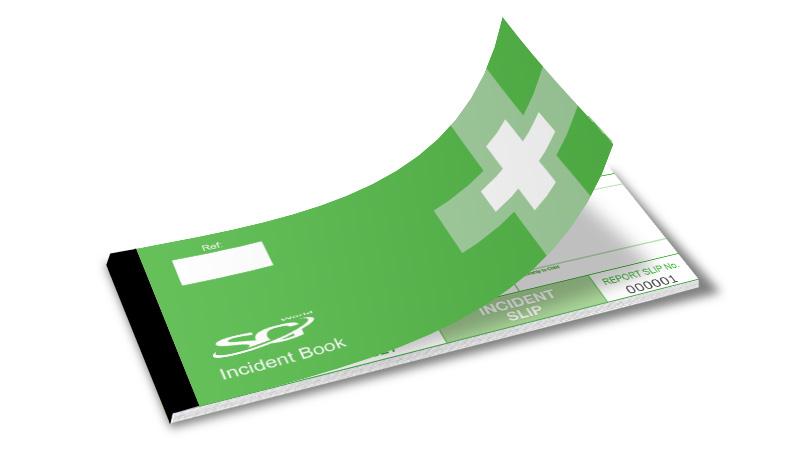For example, it's always advisable to immediately administer first aid and call for an ambulance if a child appears to be experiencing chest pain, difficulty with breathing/speaking or numbness. This should also be the case if there is severe bleeding, unconsciousness or lack of awareness.

There are many causes of seizures or fits in children, one of which is epilepsy. The most important thing to do is let the fit finish whilst clearing space around them and never put anything in the child's mouth to stop them biting their tongue. Once the fit has finished, check their breathing and place them in the recovery position. Get them to hospital even if they seem to recover. This holds true for a severe allergic reaction; call an ambulance even if you've administered an adrenaline injector that seems to have worked.
Other injuries necessitating an immediate response are a child falling from a height, being hit with force or sustaining heat burns severe enough to need dressing. Whether the cause is a flame, a hot object or hot water, the treatment is the same: hold the burn under cold, running water for a full 10 minutes then cover the wound with clingfilm or a clean plastic bag to keep it clean, but don't wrap it tightly as the burnt area may swell. Then take the child to your local A&E department to be checked out.
A child should also be taken to A&E if they have a fever and seem lethargic, exhibit severe abdominal pain, have a cut that's losing a lot of blood or a leg/arm injury which means they can't use the limb(s) in question. If a child has swallowed poison or tablets but doesn't seem to be showing any adverse effects you should take them to A&E but if they're behaving strangely or experiencing any more serious symptoms including vomiting (sometimes bloodstained), burning pain and drifting into unconsciousness, call an ambulance immediately.
Remember to make sure the ambulance knows where to find the casualty, which school entrance to use and appoint a member of staff to watch for their arrival to direct paramedics to areas that might be difficult to find. Ensure details of any medication or healthcare provisions are passed on to ambulance staff. Arrange for a staff member the child knows and likes, or an older sibling at the same school, to accompany them to hospital to provide reassurance.
As well as filling out the statutory accident book or the RIDDOR record, schools should keep a central record of any first aid treatment given by first aiders and appointed persons. The information in the record book can:
- Help the school identify accident trends and highlight areas for
improvement in the control of health & safety risks
- Be used for reference in future first aid needs assessments
- Be helpful for insurance and investigative purposes
There should also be a mechanism for reporting all serious or significant incidents to the parents/guardians. SG World's Incident Reporting solutions give school staff a clear consistent process to follow which will keep parents/guardians informed and generate a central record at the same time - reducing paperwork, capturing all the facts and protecting students and staff alike from breakdowns in communication.